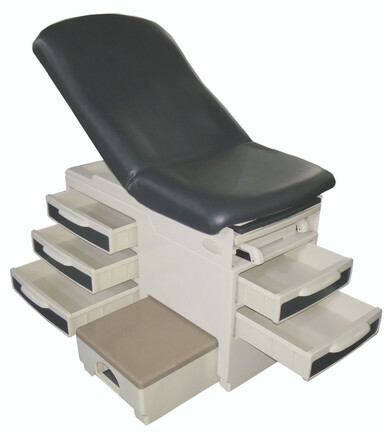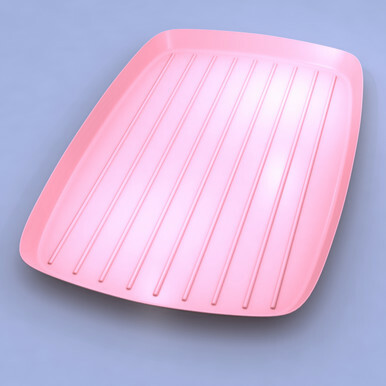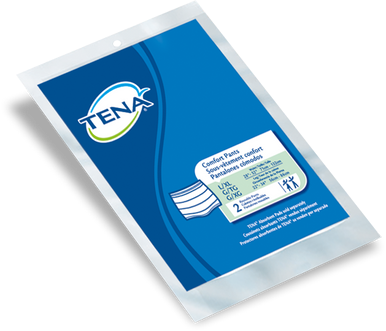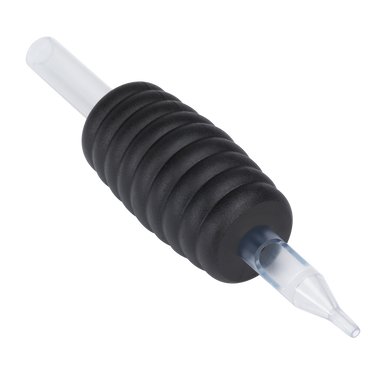Navigating Mobility: A Comprehensive Guide to Using and Choosing Crutches
Posted by EMRN on 13th Nov 2023
Crutches are more than just walking aids; they're instruments of empowerment, enabling individuals to regain their mobility and independence. In this blog post, we'll explore the world of crutches, from their various types and proper usage to tips on selecting the right pair for your unique needs.
Understanding the Role of Crutches:
Crutches are mobility devices designed to assist individuals with temporary injuries or long-term disabilities. They provide support, stability, and balance, allowing users to move safely while alleviating weight from an injured or weakened leg.
Types of Crutches:
- Underarm Crutches: The traditional underarm crutches have padded tops that fit under the arms. They are commonly used for temporary injuries and come in various materials such as wood, aluminum, or composite.
- Forearm Crutches (Lofstrand or Canadian Crutches): These crutches have cuffs that encircle the forearm, providing increased support and stability. They are often preferred for long-term use.
- Platform Crutches: Also known as triceps crutches, these feature platforms for the user to rest their forearms on. They provide a different support mechanism and are suitable for those who need additional forearm and elbow support.
Using Crutches Effectively:
- Proper Sizing: Adjust your crutches to the correct height. The top of the crutches should be 1-2 inches below your armpits, and there should be a slight bend in your elbows when you hold the hand grips.
- Weight Distribution: Place your weight on your hands and not on your armpits. Keep your body upright and avoid leaning on the crutches excessively.
- Gait Pattern: Practice a proper gait pattern, often referred to as a "three-point gait." It involves placing the crutches forward, followed by the injured or weakened leg, and then finally the healthy leg.
- Stairs and Inclines: Take extra caution when navigating stairs or inclines. Follow the guidance of your healthcare provider on the correct technique.
Selecting the Right Crutches:
- Type: Choose the type of crutch that aligns with your mobility needs. Underarm crutches are ideal for short-term use, while forearm crutches provide greater support for extended use.
- Material: Consider the material of the crutches. Aluminum crutches are lightweight, while wooden crutches are sturdy and traditional.
- Grip Comfort: Ensure that the hand grips and cuffs (if applicable) are comfortable. Some crutches come with ergonomic grips to reduce strain on the hands and wrists.
- Weight Capacity: Check the weight capacity of the crutches to ensure they can adequately support your body weight.
Caring for Your Crutches:
Regularly inspect your crutches for any signs of wear, such as loose screws or worn-out tips. Clean them regularly and replace any parts that show signs of damage.
Conclusion:
Crutches are valuable tools that aid individuals in regaining their mobility and independence. Whether recovering from an injury or managing a chronic condition, choosing the right pair of crutches can make a significant difference. At EMRN we offer a diverse selection of high-quality crutches to cater to various needs. Explore our range today and take a step towards enhanced mobility and well-being.














































